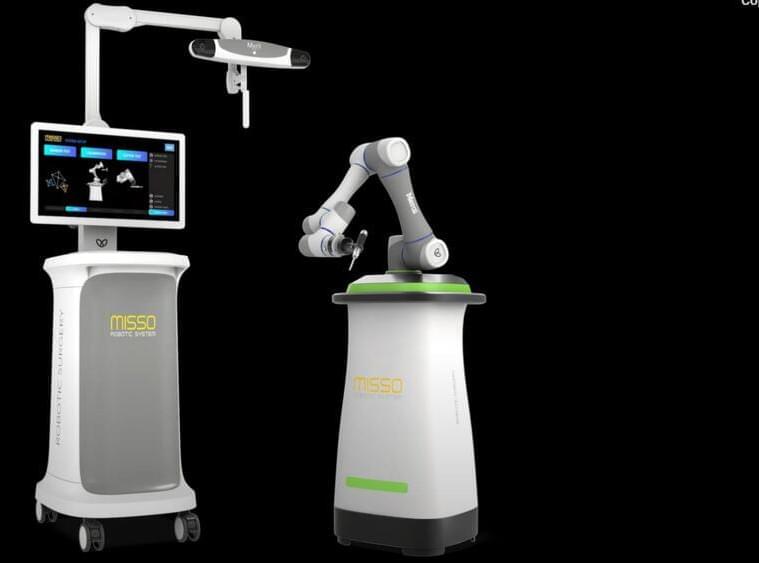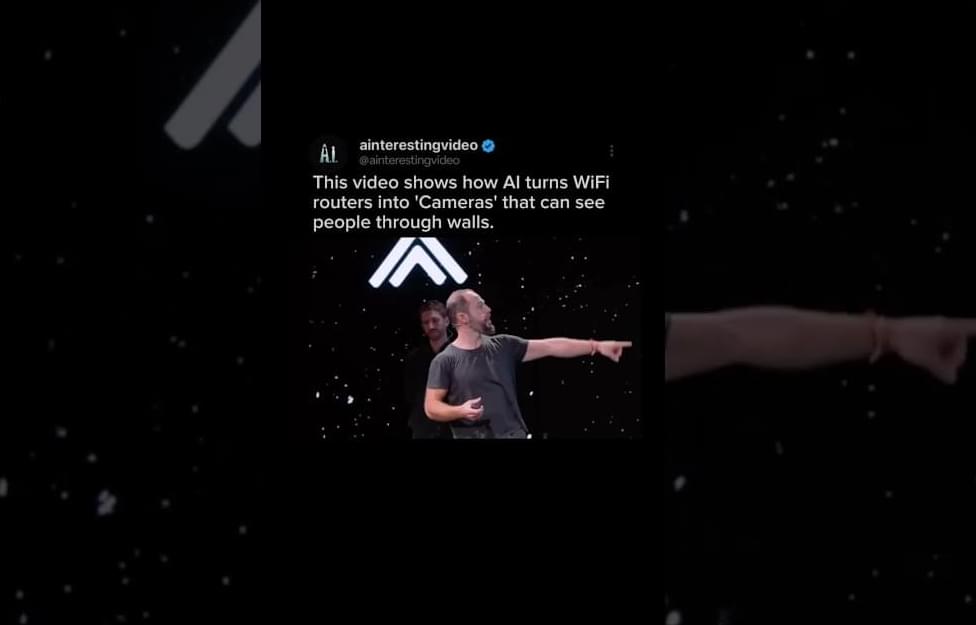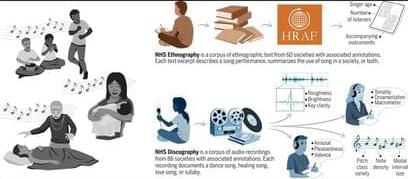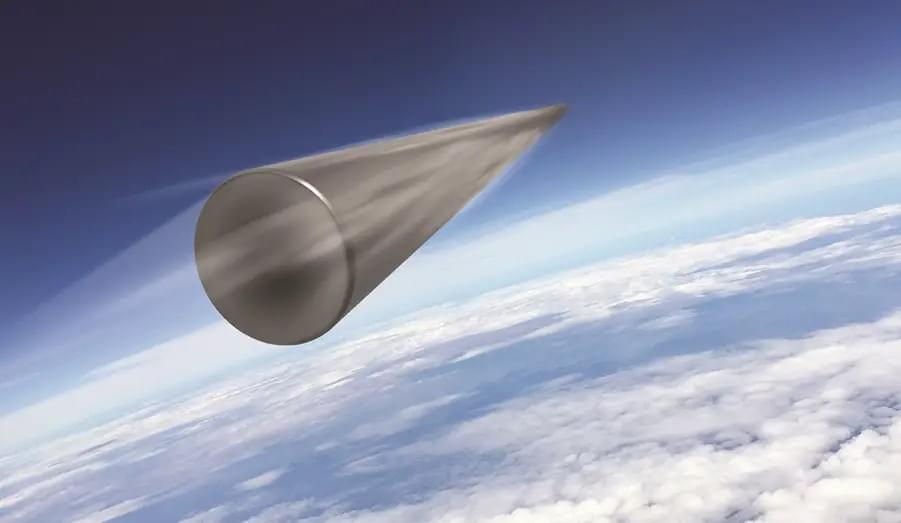Page 1027
Jun 23, 2024
Elon Musk Unveils Tesla’s Next-Gen AI5 Computer Technology
Posted by Chris Smedley in categories: Elon Musk, robotics/AI
Jun 23, 2024
ChatGPT is biased against resumes with credentials that imply a disability—but it can improve
Posted by Michael Taylor in category: robotics/AI
While seeking research internships last year, University of Washington graduate student Kate Glazko noticed recruiters posting online that they’d used OpenAI’s ChatGPT and other artificial intelligence tools to summarize resumes and rank candidates. Automated screening has been commonplace in hiring for decades. Yet Glazko, a doctoral student in the UW’s Paul G. Allen School of Computer Science & Engineering, studies how generative AI can replicate and amplify real-world biases—such as those against disabled people. How might such a system, she wondered, rank resumes that implied someone had a disability?
Jun 23, 2024
AI robot makes knee replacement surgeries more precise, affordable
Posted by Shubham Ghosh Roy in categories: biotech/medical, robotics/AI

This surgical robot enhances precision, safety, and affordability in joint replacements:
Indian firm’s surgical robot streamlines orthopedic joint-replacement procedures with precise planning and real-time adjustments.
Jun 23, 2024
Scientists Reverse Alzheimer’s Synapse Damage in Mice
Posted by Dan Kummer in categories: biotech/medical, chemistry, neuroscience
Scientists in Japan say they have reversed the signs of Alzheimer’s disease in lab mice by restoring the healthy function of synapses, critical parts of neurons that shoot chemical messages to other neurons.
The secret was developing a synthetic peptide, a small package of amino acids — a mini-protein, if you will — and injecting it up the nostrils of the mice, in an experiment they detailed in a study published in the journal Brain Research.
Needless to say, mice are very different from humans. But if the treatment successfully survives the gauntlet of clinical studies with human participants, it could potentially lead to a new treatment for Alzheimer’s disease, a tragic degenerative condition that burdens tens of millions of people around the world.
Jun 23, 2024
AI turns WiFi routers into ‘cameras’ that can see people through walls. #shorts #ai
Posted by Raphael Ramos in categories: internet, robotics/AI

AI can turn wi-fi routers into cameras that can see in the dark and track living beings.
This video shows how AI turns WiFi routers into ‘cameras’ that can see people through walls.
Jun 23, 2024
Oops! Geoengineering Trick to Cool Brutal Heat Could Spike Temperature Elsewhere, Scientists Say
Posted by Raphael Ramos in categories: engineering, health, particle physics, space
Researchers are warning that geoengineering efforts to help cool temperatures in California could trigger heatwaves in Europe, a “scary” implication given the sheer lack of regulation controlling such measures across the globe.
As The Guardian reports, scientists have suggested spraying aerosols into clouds over the ocean to cool down the surface below, a practice called “marine cloud brightening.” As the name suggests, the idea is to brighten clouds to make them reflect more of the Sun’s radiation back into space.
Last month, a team of University of Washington researchers attempted to do just that in the San Francisco Bay using a machine that sprays tiny sea-salt particles, amid criticism from environmentalists. The experiment was later shut down by city officials, citing health concerns.
Jun 23, 2024
Scientists Invent Smartphone Chip That Peers Through Barriers With Electromagnetic Waves
Posted by Raphael Ramos in categories: computing, mobile phones, security, transportation
For more than 15 years, a group of scientists in Texas have been hard at work creating smaller and smaller devices to “see” through barriers using medium-frequency electromagnetic waves — and now, they seem closer than ever to cracking the code.
In an interview with Futurism, electrical engineering professor Kenneth O of the University of Texas explained that the tiny new imager chip he made with the help of his research team, which can detect the outlines of items through barriers like cardboard, was the result of repeat advances and breakthroughs in microprocessor technology over the better half of the last two decades.
“This is actually similar technology as what they’re using at the airport for security inspection,” O told us.
Jun 23, 2024
Universality and diversity in human song
Posted by Saúl Morales Rodriguéz in category: futurism
Jun 23, 2024
Lockheed Martin and US Air Force Complete Flight Test of Intercontinental Ballistic Missile Reentry Vehicle
Posted by Saúl Morales Rodriguéz in categories: engineering, military, space
The Lockheed Martin and U.S. Air Force conducted a planned flight test of the unarmed, developmental Mk21A reentry vehicle in the Pacific Ocean on June 17. Mk21A is the U.S. Air Force’s integrated reentry vehicle and the critical front-end of the service’s future intercontinental ballistic missile (ICBM) weapon system. This flight test from Vandenberg Space Force Base in California, tested Lockheed Martin’s Mk21A design components and technologies for the vehicle. It also continues Lockheed Martin’s leadership and expertise in developing effective and reliable reentry vehicle technology.
This testing is done through Lockheed Martin’s Engineering and Manufacturing Development contract with the Air Force Nuclear Systems Center. Data collected during the event will further inform Mk21A design and future flight test activities. The company’s Mk21A program is on-schedule. Lockheed Martin is maturing its Mk21A design, which includes the arming and fuzing subsystem and support equipment, using advanced digital engineering tools, including advanced modeling and simulation. This allows for efficiency in schedule, reduced cost and risk, and increased confidence in system performance.
“This progress is built on a strong foundation—Lockheed Martin’s 65-plus years of demonstrated exceptional performance in reentry technologies and a pioneering digital engineering approach on this program from its beginning,” said Jay Watson, vice president of Strategic Reentry at Lockheed Martin. “We remain focused on delivering this capability for the warfighter as a trusted partner to the U.S. Air Force for ICBM reentry systems and modernization of the deterrent triad.”















